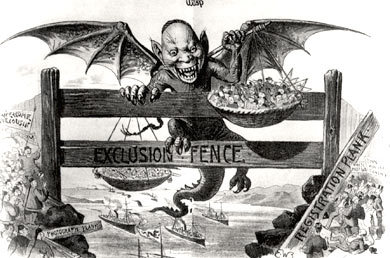Actually Teaching
Just
wanted to drop a little post about actually teaching a class for the first
time. I taught two classes with Caroline
in an inclusion Social Studies class. It
was a great experience and I think it went well.
We both planned the
classes together and we both thought them together. We did each focus on one culture to teach,
Japanese culture and Afghani culture, but when we went to the discussion part
we just both facilitated the discussion and asked question of the students. We taught an 11th and a 12th
grade inclusion class. Our cooperating
teacher, Ms. Simas was a great help in the preparation for this class. Her classes are very structures as her
students like it that way. They have a
routine that works for them and we planned the classes according to that
routine. That plan was a great help, it
kept us on track, it kept us on topic and it help us get back when something happened
that wasn’t expected. We did know there
were going to be disruptions, as we observed her class before teaching but I
think we did prepare for them. Even
though we planned for them, the part where we stumbled the most was correcting
the student when they did disrupt the class or were not doing what was
appropriate for class. Even though we didn’t know the students, which
I think why we were not as assertive, Ms. Simas stated it would have been fine
to be assertive and make the correction as soon as possible. That is something that I am going to take
with me when I do have my own class. I think
it will be easier when it is my own class and I know the students, but it is
something that I will make sure I do.
Make the correction that is needed as soon as possible and just be more
assertive with the students. The other
think I really took from this class was get the students involved. We had great discussions about the similarities
and differences between the cultures. The
students were really involved with the discussions, answering the questions the
posed and even talking to each other about how cultures really might be more
similar than we first thought. Al in all
in was a great lesson.
Just wanted to post this
to share my experience and want to say thanks for Caroline with the co-teaching. It really was a great experience.



